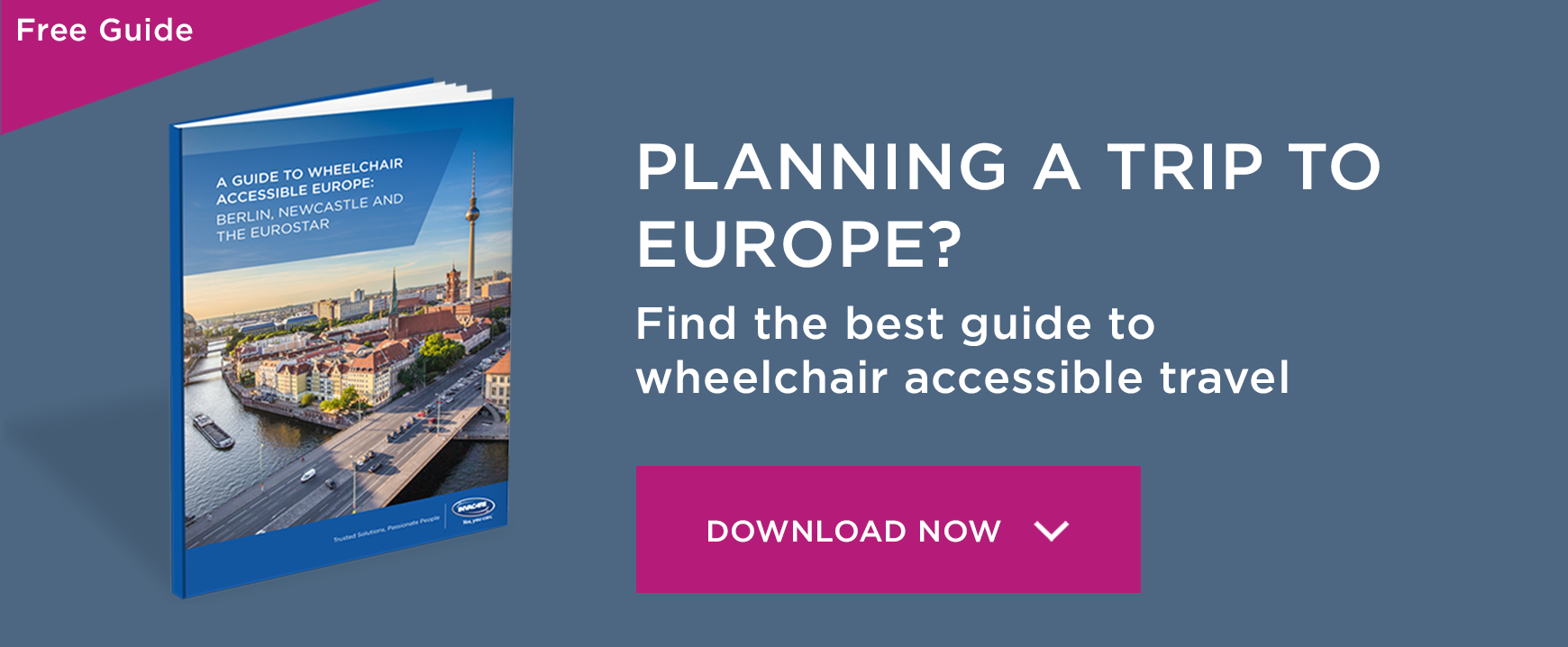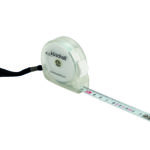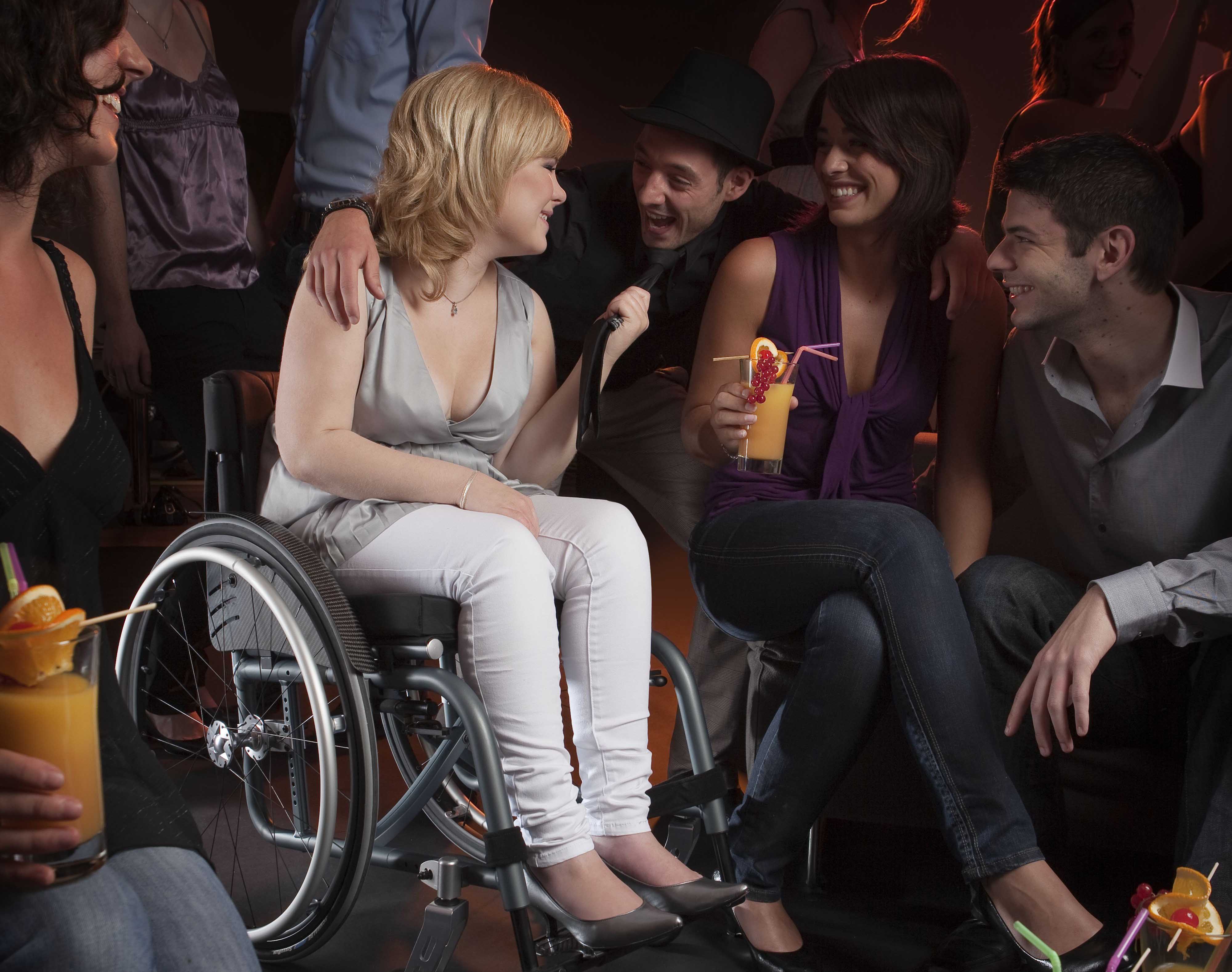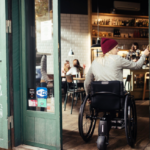What’s Disabled Parking and Why Is It Important?
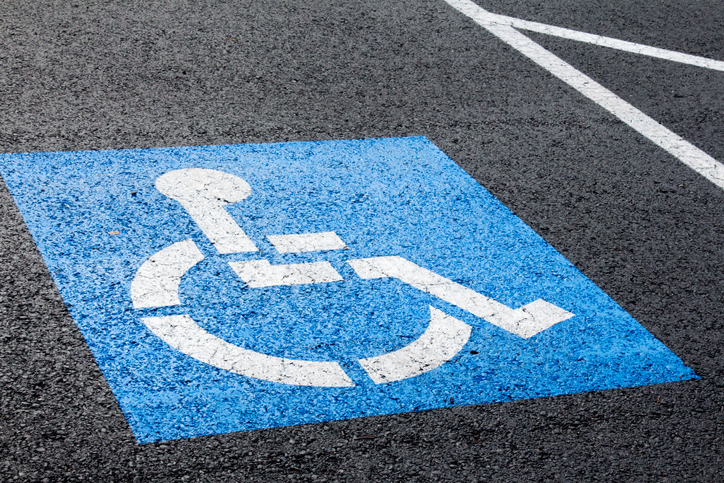
A disabled parking space is a designated parking space which has been marked out in a car park as being for disabled persons only. It is recommended that these spaces are at least 3.6 metres in width, which allows for ample room in order for a disabled person to get around their vehicle safely and to put together any mobility equipment they need to use. The spacing of these disabled parking spots ensures that nobody can park their vehicle too close to the disabled person’s vehicle.
These spaces are often a lot closer to the entrance of any shopping centre, supermarket, restaurant etc. This is to give the disabled person a shorter distance to travel from their vehicle to their destination. Disabled parking spaces are an extremely important feature for any car park as it helps to improve overall accessibility. To park in these spaces, a disabled person will need to apply for something known as a ‘blue badge’ from their respective authorities.
These badges are used right throughout Europe, and when placed in the windscreen of a vehicle, signifies to any parking officials that at least one occupant in that vehicle has a disability and therefore has the right to use that parking space.
How are Disabled Parking spaces located?
Disabled parking spaces will almost always be signposted using the international symbol for a wheelchair user. The spaces themselves will often be marked by a painted area on the tarmac (sometimes painted blue) and may also have either a yellow or white painted hatch area. This hatch area on either side of the disabled parking space is designed to provide enough space for a wheelchair user to access the side of their vehicle.
Who uses Disabled Parking spaces?
It’s important to note that not every disability is visible and many individuals have what is known as a ‘hidden disability’. This can be anything from heart problems, to learning disabilities, and all would probably qualify for a blue badge and could legally park in a disabled parking space. In short, anyone with a disability and who has their blue badge may park in a disabled parking bay.
Additional badge used with Disabled Parking
As well as the main blue badge which we have discussed in previous sections of this article, there is an additional supplementary badge that drivers must keep together with the main badge. This additional badge is a timekeeper – and it allows the user to set the time at which they parked their vehicle. This is especially useful when parking in a space which has a set time limit – for example, a busy supermarket.
If a supermarket car park is frequently used by those not shopping, then the supermarket may limit how long a car can be parked in their car park. This is usually around two hours. If you are parked in a disabled car parking space then you would be able to set the timer for when you arrived and this would notify any car park wardens of how long you had been parked in that space.
Predominantly however, the time badges are designed for when you are parked in an area which isn’t usually available for cars to park on. For example, parking on double yellow lines in the UK. In usual circumstances this is not permitted at all, however, if you’re a blue badge holder then you’re allowed to park on double yellow lines for a maximum of three hours.
So, to signal to any parking enforcement officers how long you’ve been parked on double yellow lines, it’s important to ensure you have set the correct time on the time badge and have displayed this on the dashboard of your car, or in the windscreen, alongside your regularly used blue badge.
Temporary blue badges for Disabled Parking
In some exceptional circumstances, an individual may be able to apply to their local authority to be granted a temporary blue badge. This would usually be for when an individual is suffering from an injury that limits their general mobility. For example, if someone has broken a leg, or recently had serious surgery, they may be able to apply for a temporary blue badge to legally make use of the disabled parking spaces offered throughout society.
Who can use your Blue Badge?
Ultimately, your Blue Badge is meant for you and therefore it should only be used when you are using the vehicle that is being parked. As long as you are travelling in the vehicle, it doesn’t matter if you are the driver or the passenger – the Blue Badge can and should still be used whenever you need to park up somewhere.
If the Blue Badge holder is not travelling in the vehicle, however, friends and family should not use the Blue Badge for parking. Misuse of the Blue Badge can result in a hefty fine.
Using the Blue Badge abroad
You can use your Blue Badge in most European countries, however; you should check for any variations in parking legislation in the country you’re headed to. For example, UK Blue Badge holders can use their Blue Badge in several countries across Europe, although, some major European countries, such as France, do not recognise the UK Blue Badge as a viable notifier for parking in a disabled parking space.
You can find specific information relating to which countries recognise the Blue Badge scheme by using an online search engine to search for your own government’s information on the Blue Badge scheme, or the information provided by the relevant embassy to the country you are looking to travel to.
Failure to check this could result in the receipt of unwanted parking tickets due to incorrectly parking in a disabled parking space – and nobody wants that!
Issues surrounding Disabled Parking spaces
One of the main issues surrounding disabled parking spaces is the continued use of these designated spaces by people who do not have a disability. It’s a problem that arises throughout society, with road users often feeling they have a right to park in spaces that are meant for disabled people only. Whether it is because they feel it is a minor misdemeanour unworthy of any criminal note, or that they think in the event of a car park is empty it’s “not that big of a deal” to take a disabled parking space – the fact remains – when taking a disabled parking space when you don’t need it, you are removing the potential for a disabled person to use that spot instead.
As previously mentioned, the purpose of a disabled parking space is to allow greater room for a disabled person to move around their vehicle and/or assemble and disassemble their wheelchair, walking aid, or any other mobility equipment they may have with them. Disabled parking spaces are also often situated closer to the entrance of whatever that car park is for – be it a supermarket, gym, cinema, or anything else, for that matter.
Taking up disabled parking spaces when you do not require one could, in theory, prevent a disabled person from being able to park their car at all. This is particularly true if the disabled person specifically needs extra room to manoeuvre. There is little use in a disabled person parking in a regular parking spot, even if there is a free spot on either side of their vehicle because any other vehicle could fill those spots on either side and suddenly the disabled person cannot access their vehicle when they return.
Another issue faced regarding disabled parking spaces is the lack of importance and respect put onto them by members of staff at any given venue. A classic example of this could be seen during the coronavirus pandemic. As ‘click and collect’ services increased, supermarkets and shopping centres needed more parking spaces to accommodate their newfound form of making business. Often, given their proximity to the premises, it was the disabled parking spaces that were sacrificed to make way for new ‘click and collect’ zones.
Whilst it’s understandable that space is required to facilitate new ways of doing business, especially in such unprecedented times, but it is also disheartening to know that the needs of disabled consumers are not valued as highly as other consumers and so disabled parking facilities were often the first to go – restricting overall access to those shops for disabled customers who might have otherwise parked there. For all this is a very nuanced example to use, it paints a picture of when disabled parking spaces aren’t given the respect that they deserve – not only by fellow non-disabled customers but by staff members too.
Quick Tip to Finish
It can be tempting to leave your blue badge permanently displayed on your windscreen, however, this isn’t always advisable as the sunlight can easily fade the ink on the front of the badge over time. This can render it illegible for all those trying to view it.
If you have enjoyed this article and would like to read more from the Passionate People blog, such as Wheelchair Accessible Cars, The Best Chairs & Finding The Right Match then feel free to either click the link or peruse the site at your leisure.


